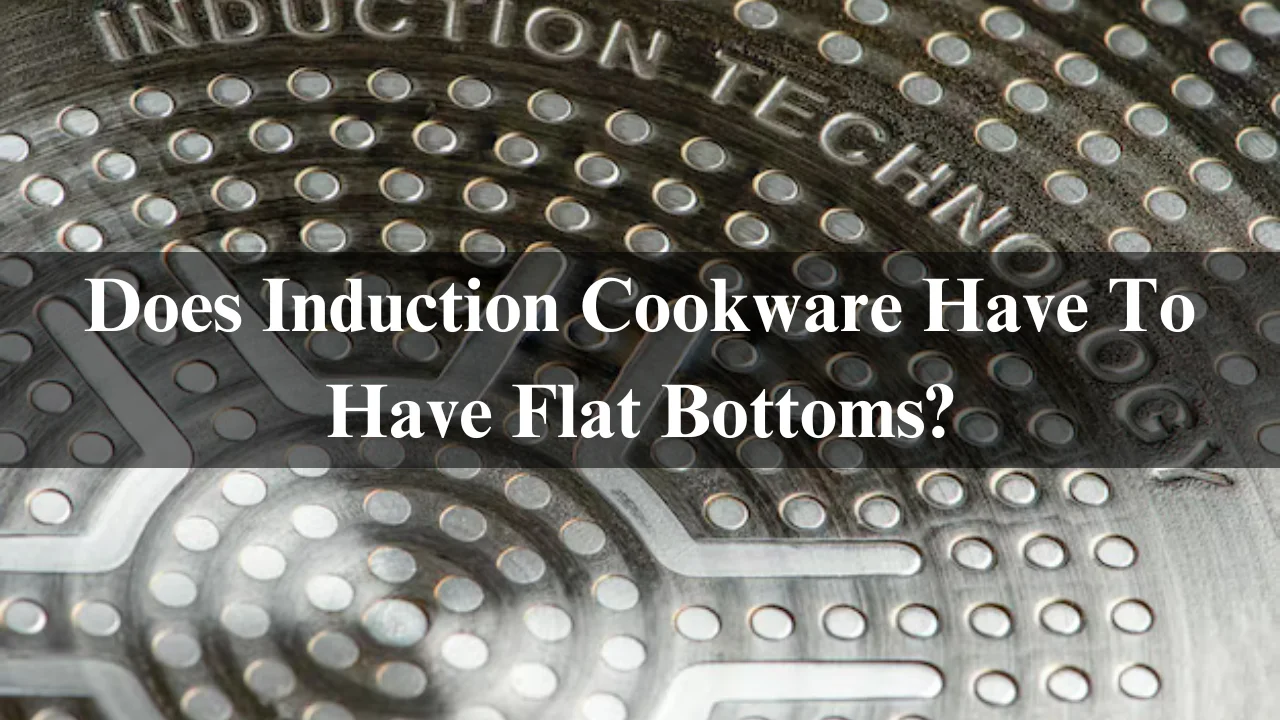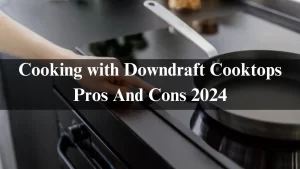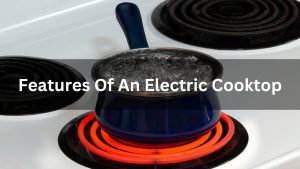Are you pondering the intricacies of induction cookware? You may have noticed something peculiar if you’ve recently switched to this modern cooking technology. The shape and design of your pans can affect their performance on an induction cooktop. One question that often arises is whether induction cookware has to have a flat bottom. It’s time to unravel the mystery surrounding this essential kitchen tool and understand what makes a pan suitable for induction cooking. Let’s dive into the fascinating world of induction cookware!
Table of Contents
Do induction pans need a flat bottom?
Induction pans are designed to work specifically with induction cooktops, which use electromagnetic fields to generate heat. For optimal performance, a flat bottom is often recommended. This ensures even contact between the pan and the cooking surface.
Uneven surfaces can lead to hot spots or cold areas during cooking. Consistency in temperature is essential when achieving the perfect sear or simmer.
However, not all induction cookware strictly requires a perfectly flat base. Some manufacturers create designs that allow efficient heating with slight curves or irregular shapes.
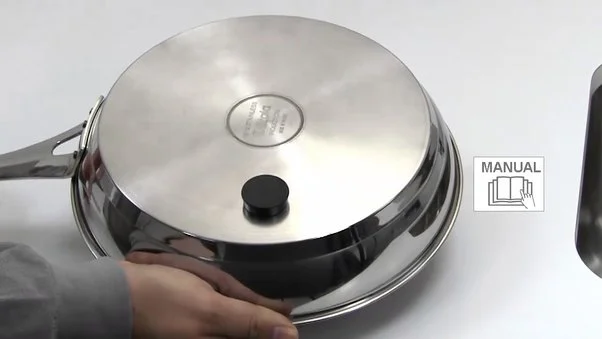
The key takeaway is that while a flat bottom enhances efficiency and effectiveness on an induction cooktop, there are exceptions. It’s always best to check the specifications of your cookware before making a purchase decision.
Why is the bottom of my induction pan not flat?
Induction pans may not have a perfectly flat bottom for several reasons. One common cause is manufacturing tolerances. During production, slight bends or imperfections can occur, leading to uneven surfaces.
Another factor could be the material used in the pan’s construction. Some materials might expand or warp when heated, affecting how flat the base is over time. The shape may have altered if your pan has been subjected to high temperatures without proper care.
Additionally, many induction pans feature a multi-layer design intended for better heat distribution. This layering can sometimes create subtle curves that aren’t immediately visible but still impact contact with your cooktop.
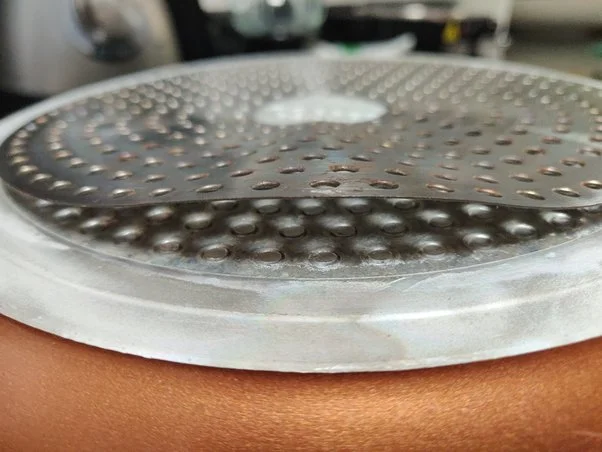
Consider wear and tear from regular use. Scratches and dents accumulated over time may also contribute to an uneven surface. Considering these factors helps you understand why your induction pan might only sit partially flat.
What are the requirements for induction cookware?
Induction cookware must meet specific criteria to function effectively on induction cooktops. First, it needs to be made from ferrous materials. This includes magnetic stainless steel and cast iron, which enable the induction process.
The thickness of the base is also crucial. A thicker bottom promotes even heat distribution, preventing hot spots that can lead to uneven cooking.
Another important aspect is flatness. A flat-bottomed design ensures maximum contact with the cooktop surface, which improves heating efficiency and reduces energy loss.
It’s worth noting that not all non-stick or lightweight pans will qualify for induction cooking. Always check for an “induction compatible” label when shopping for new induction cookware to ensure you make the right choice for your kitchen setup.
What is the induction bottom made of?
Materials play a crucial role in the bottom of induction cookware. The bottom is typically made of magnetic metals such as cast iron or stainless steel with a magnetic layer. This is essential because it allows the pan to interact effectively with the induction cooktop’s electromagnetic fields.
Some manufacturers use aluminum or copper with these magnetic materials for better heat conduction. However, when placed on an induction stove, the outermost layer must have those ferromagnetic properties to create heat through magnetism.
The quality and composition of the base can affect how evenly your food cooks. A well-made induction bottom ensures efficient heating and excellent performance across various cooking tasks. So, when choosing your induction cookware, pay close attention to its appearance and what it’s made from for optimal results in your kitchen adventures.
Flat vs. Rounded Bottoms: What’s the Difference?
When choosing cookware, the shape of the bottom plays a significant role in cooking performance. Here’s how flat and rounded bottoms compare in critical areas:
Impact on Heat Distribution
Flat-bottomed induction cookware ensures even contact with the heat source, leading to uniform heat distribution across the cooking surface. This consistency is especially crucial for recipes requiring precise temperature control. In contrast, rounded-bottom cookware can create hot spots due to uneven contact with the heat source, potentially leading to uneven cooking.
Effect on Cookware Stability
Cookware with flat bottoms offers superior stability on flat cooking surfaces like electric and induction stoves. This stability minimizes the risk of tipping or spilling, making it safer for everyday use. Rounded-bottom cookware, often used in woks or traditional pots, tends to wobble only if used on a gas stove with a supporting ring, making it less stable on flat surfaces.
Energy Efficiency Considerations
Flat-bottom cookware is generally more energy-efficient, especially on electric or induction cooktops, as it maximizes surface contact with the heat source. This efficient heat transfer reduces cooking time and energy usage. Rounded bottoms, by contrast, may require more energy to achieve the same cooking results due to their less effective heat transfer.
Choosing the right cookware shape depends on your cooking style and the type of stove you use, but understanding these differences can help you make a more informed decision.
Considerations for Different Cooking Techniques
The shape of the cookware’s bottom can also influence your ability to perform specific cooking techniques. Flat-bottomed pans are ideal for frying, sautéing, and searing, where the entire surface must be in contact with the heat. This ensures even browning and cooking, making it easier to control the process.
On the other hand, rounded-bottom cookware, like a wok, excels in techniques that involve tossing and stirring, such as stir-frying. The curved surface allows food to be pushed up the sides and returned to the bottom for even cooking with minimal oil. However, this shape can be a drawback for other techniques, where stability and even heat are more critical.
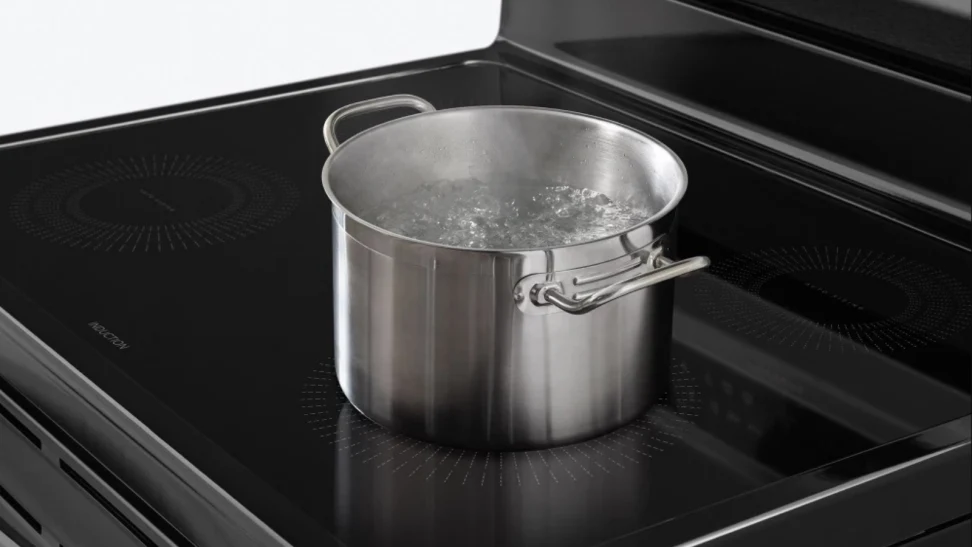
Cleaning and Maintenance
Flat-bottomed cookware tends to be easier to clean, particularly in dishwashers or with flat scrubbing tools, because there are fewer nooks and crannies where food can get trapped. Rounded bottoms, especially in larger or deeper cookware, might require more attention during cleaning, as food particles can settle in the curves.
Compatibility with Different Stove Types
Another critical consideration is stove compatibility. Flat-bottomed cookware is versatile and works well on all stove types, including induction, electric, and gas. Induction stoves, in particular, require cookware with a flat, magnetic bottom to function effectively. Rounded-bottom cookware is primarily designed on gas stoves, where the flame can wrap around the sides, providing heat from multiple angles. If you’re using an induction or flat electric stove, rounded bottoms might not be suitable without a special adapter.
Cost and Availability
Flat-bottom cookware is widely available and comes in various materials and prices, from budget-friendly options to high-end, professional-grade pans. This accessibility makes finding something that fits your needs and budget easy. Rounded-bottom cookware is often more specialized and expensive, particularly if you want high-quality options like traditional works or handcrafted pots.
Conclusion: Making the Right Choice
Ultimately, the choice between flat and rounded bottoms depends on your cooking needs and your stove type. Flat-bottomed cookware offers versatility, stability, and energy efficiency, making it a solid choice for most home cooks. While less versatile, Rounded-bottom cookware shines in specific cooking techniques and traditional dishes. Understanding these differences will help you select the best cookware for your kitchen, ensuring your cooking is efficient and enjoyable.
Why Flat Bottoms Are Recommended for Induction Cooktops
Induction cooktops are known for their precise and efficient cooking, but to fully harness their potential, using flat-bottomed cookware is essential. Here’s why:
Maximizing Contact Area
Induction cooktops rely on direct contact between the cookware and the cooking surface to generate heat through electromagnetic energy. Flat-bottomed cookware maximizes this contact area, ensuring that the electromagnetic field interacts fully with the cookware’s base. This leads to faster and more effective heating, making your cooking process smoother and more controlled.
Ensuring Even Cooking
A flat bottom provides a uniform surface that allows heat to distribute evenly across the entire base of the cookware. This even distribution is crucial for preventing hot spots, which can cause food to cook unevenly or burn in certain areas while remaining undercooked in others. Flat-bottomed pans ensure that every part of the dish receives the same heat, resulting in perfectly cooked meals.
Reducing Energy Waste
Induction cooktops are highly energy-efficient, but this efficiency can be compromised if the cookware doesn’t fully interact with the cooking surface. Rounded or uneven bottoms reduce the contact area, leading to energy loss as the induction field struggles to transfer heat effectively. Flat-bottomed cookware ensures that all the energy produced by the cooktop is directed into cooking your food, reducing waste and shortening cooking times.
Flat-bottomed cookware is recommended for induction cooktops because it optimizes the interaction between the cookware and the cooktop, ensuring efficient, even, and energy-conscious cooking.
Comparing Induction Cookware Bottoms: A Quick Table Overview
When it comes to induction cooking, the condition of your cookware’s bottom plays a critical role in performance. Below is a quick comparison table to help you understand the differences between flat, slightly warped, and heavily warped cookware bottoms, along with insights on material compatibility and the best-suited cookware types.
| Features | Flat Bottoms | Slightly Wrapped Bottoms | Heavily Warped Bottoms |
| Heat Distribution | Excellent, with even heat distribution across the surface. | Good, but it may cause minor hot spots. | Poor, with uneven heating and significant hot spots. |
| Stability on Cooktop | Highly stable, it sits flush against the cooktop. | Moderately stable, may wobble slightly. | Unstable, prone to wobbling and tipping. |
| Energy Efficiency | Highly efficient, with minimal energy waste. | It could be more efficient, with some energy loss due to imperfect contact. | Inefficient, significant energy loss due to poor contact. |
| Cooking Performance | It is ideal for all cooking tasks, including delicate recipes. | Suitable for most tasks but may need help with precise cooking. | Poor, inconsistent results, not recommended for precision cooking. |
| Induction Compatibility | Perfectly compatible maximizes induction performance. | Compatible but may only partially utilize the cooktop’s capabilities. | Often incompatible or results in poor performance, it may not activate induction. |
Material Compatibility and Its Impact on Performance
| Cookware Material | Induction Compatibility | Performance Impact |
| Stainless Steel (Magnetic) | Highly compatible, excellent performance. | Durable, retains heat well, even cooking. |
| Cast Iron | It is fully compatible and great for even heating. | Excellent heat retention, but heavy. |
| Enamel-Coated Cast Iron | Compatible, performs similarly to cast iron | Retains heat well, easy to clean |
| Carbon Steel | Compatible, good heat conduction. | Lightweight, heat quickly and evenly. |
| Aluminum (with Magnetic Base) | Compatible with magnetic base only. | Fast heating, but the base must be flat and well-made. |
| Copper (with Magnetic Base) | Compatible with magnetic base only. | Excellent heat conduction, but expensive. |
Cookware Types Best Suited for Induction
- Flat-Bottomed Frying Pans: Perfect for even searing, frying, and sautéing.
- Flat-Bottomed Saucepans: Ideal for making sauces, boiling, and simmering.
- Cast Iron Skillets: Great for recipes requiring high heat retention, such as roasting or baking.
- Stainless Steel Pots: Versatile for boiling, steaming, and cooking soups or stews.
- Induction-Compatible Griddles: Excellent for pancakes, sandwiches, and grilling.
Understanding the condition and material of your cookware is crucial to getting the best performance out of your induction cooktop. Flat bottoms offer the most consistent and energy-efficient cooking, while warped bottoms can significantly impact your cooking results. Choosing the suitable material and ensuring your cookware is in good condition will help you make the most of your induction cooking experience.
Related Articles:
Why Doesn’t Cookware Stick To Induction Cooktops? In 2024
Ultimate Guide To Pan Compatibility Of Induction Cooktop In 2024
Why Do Induction Stoves Make Those Annoying Clicks? 2024
Which Induction Cooking Temperature is preferable? Info 2024
What cookware to use on induction cooktop?
Conclusion
Regarding induction cooking, the importance of a flat-bottomed pan cannot be overstated. While induction cookware doesn’t always require a perfectly flat bottom, having one ensures the best possible performance. Flat bottoms maximize the contact area with the cooktop, leading to even heat distribution, improved stability, and greater energy efficiency. This results in more consistent cooking, whether searing, simmering, or boiling.
On the other hand, slightly or heavily warped bottoms can lead to uneven cooking, energy loss, and instability, which can detract from your cooking experience. Understanding the impact of your cookware’s bottom shape and material is crucial for making the most of your induction cooktop.
Selecting cookware with a flat bottom and suitable materials ensures you get the most out of your induction cooking setup. Whether you’re a home cook or a professional chef, investing in quality cookware designed for induction will help you achieve precise and efficient cooking every time.
FAQS
Can I use non-flat cookware on an induction cooktop?
While slightly imperfect bottoms might still work, severely warped or curved cookware is likely to cause issues with heat transfer and stability.
What should I do if my favorite pan isn’t flat?
If your favorite pan isn’t flat, it might be time to invest in new cookware. However, if the warp is minor, it may still function on an induction cooktop with some limitations.
Are there any induction cooktops that work with curved-bottom cookware?
Some induction cooktops come with specialized rings or adapters for curved-bottom cookware like woks, but these are specialized cases.
How can I test my existing cookware for induction compatibility?
Use a magnet to check if your cookware is made of ferromagnetic material, and use a straight edge to check the flatness of the bottom. If the magnet sticks and the bottom is flat, it should work well on an induction cooktop.

